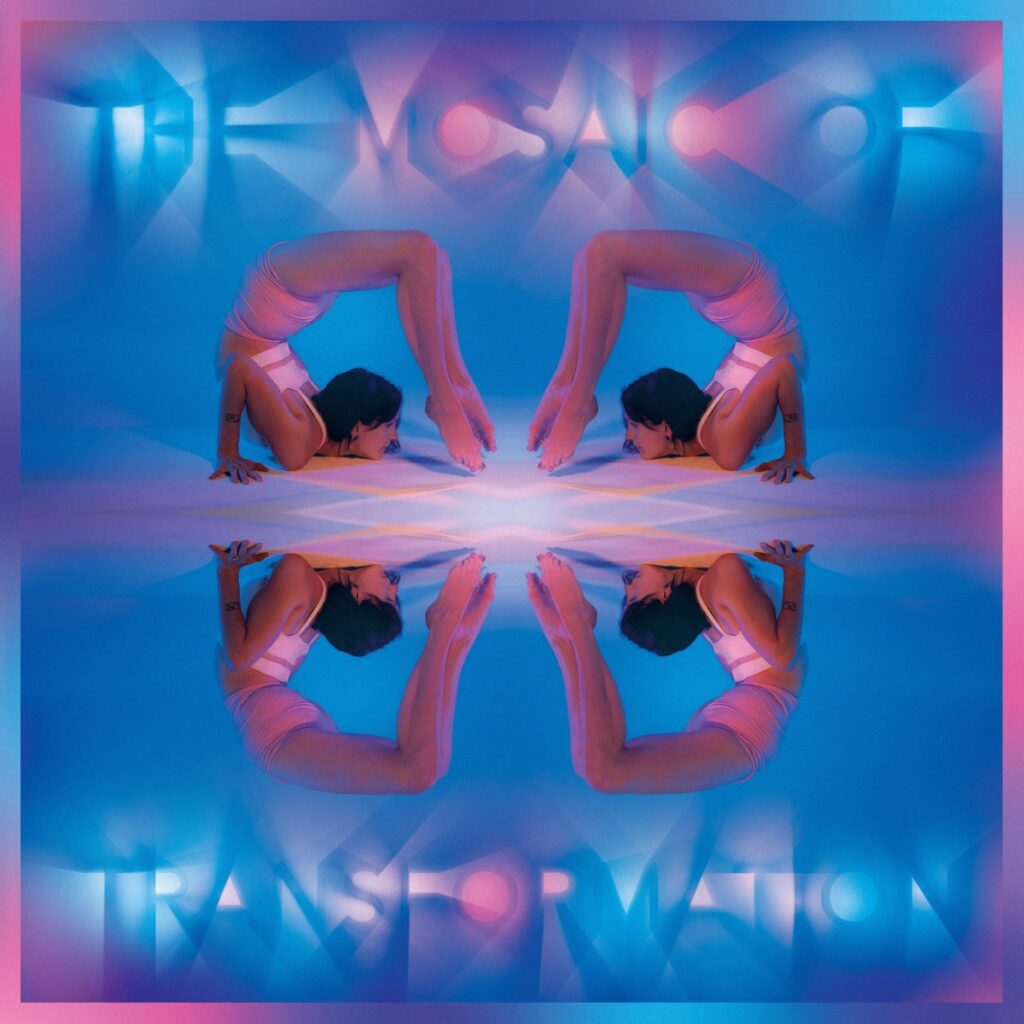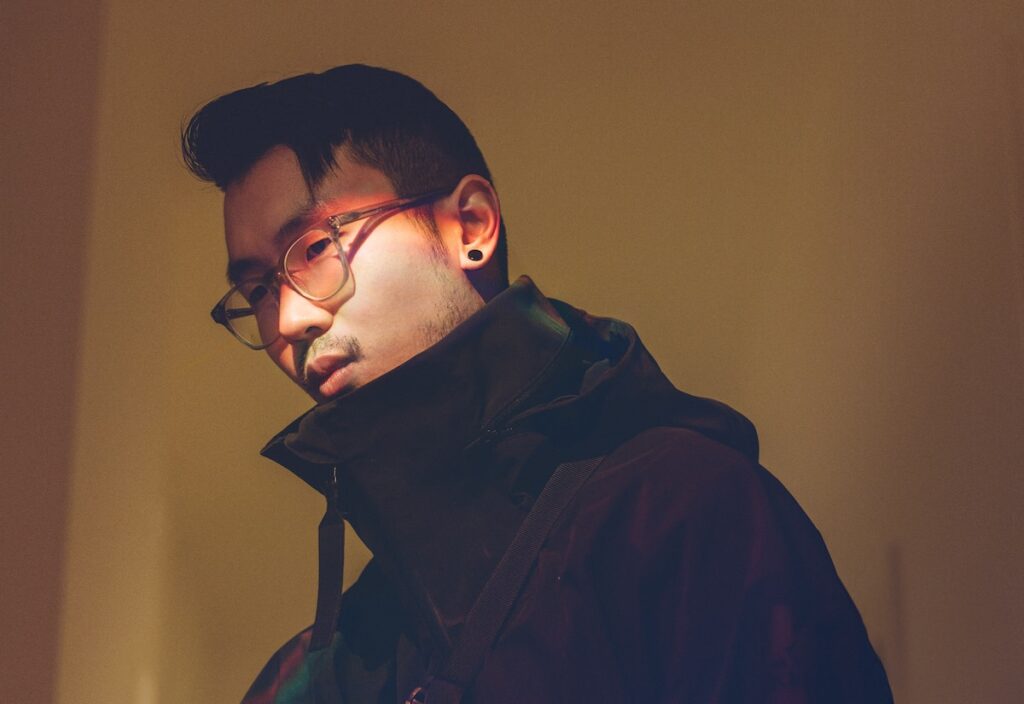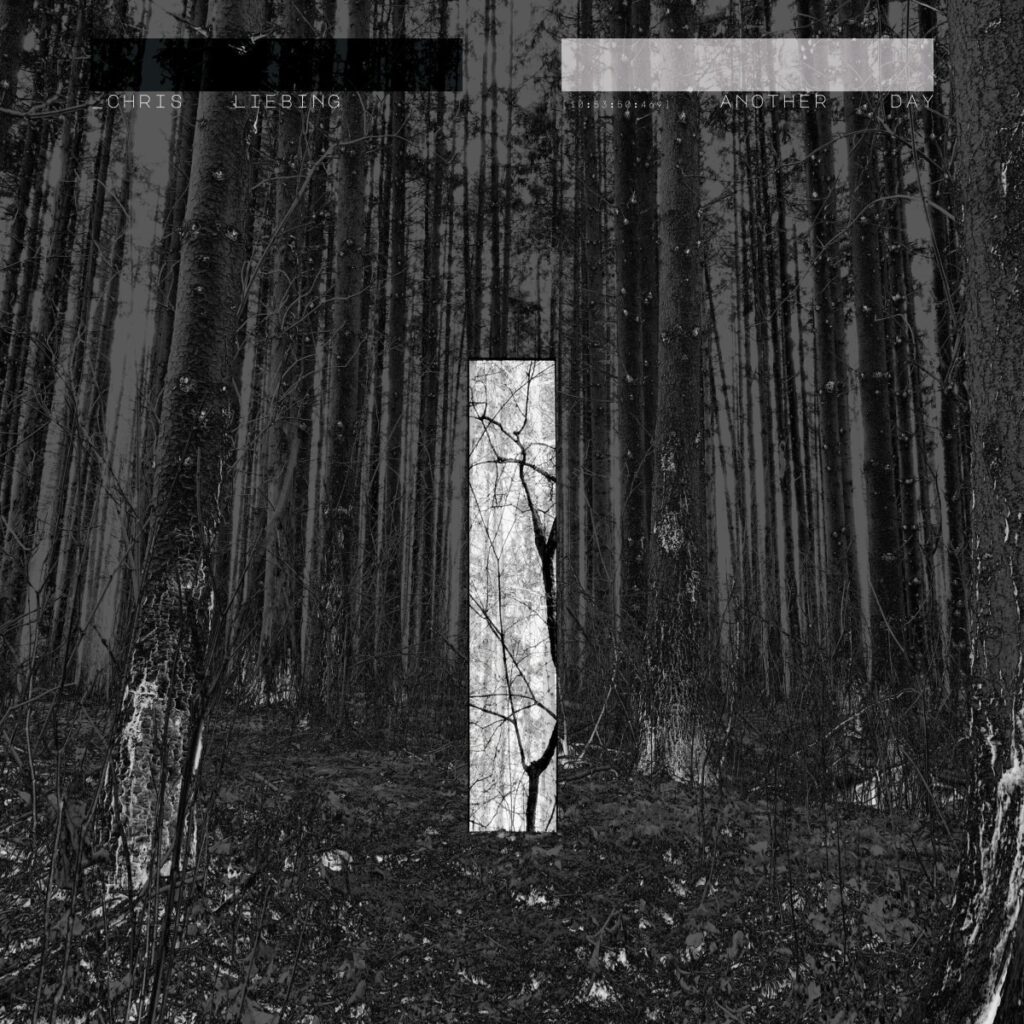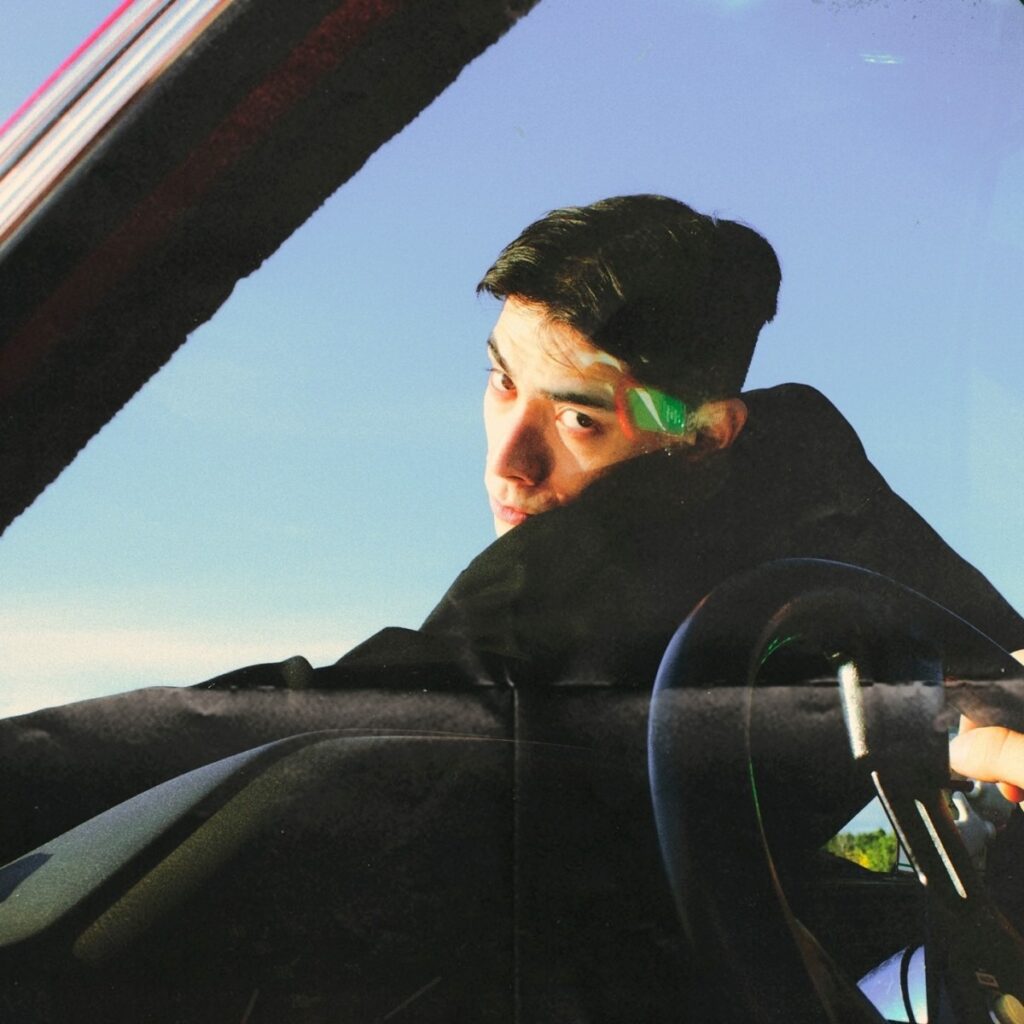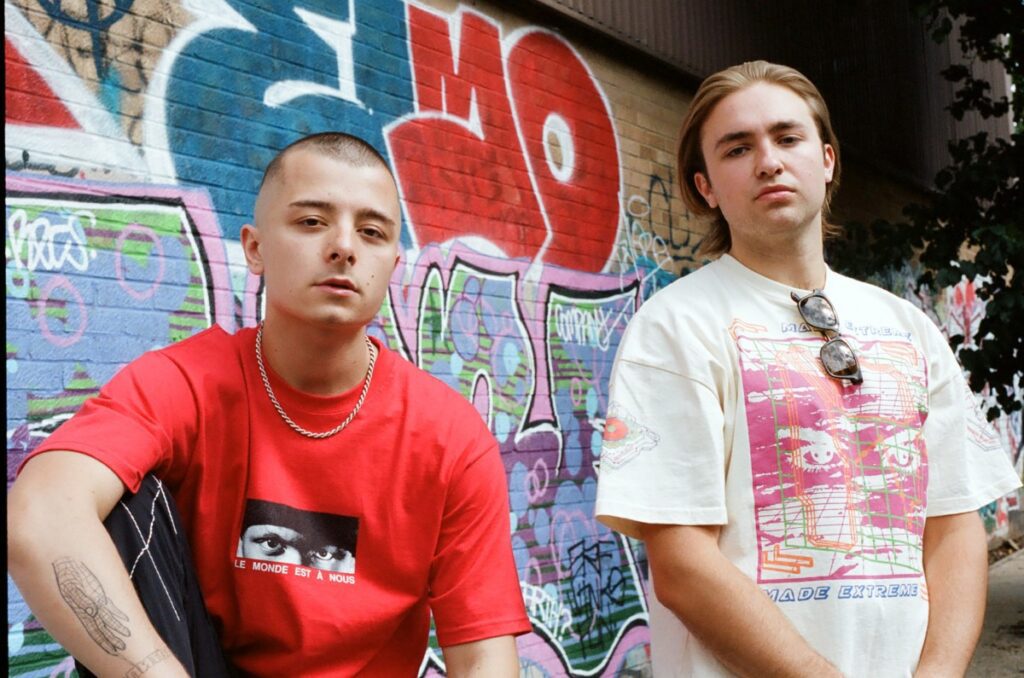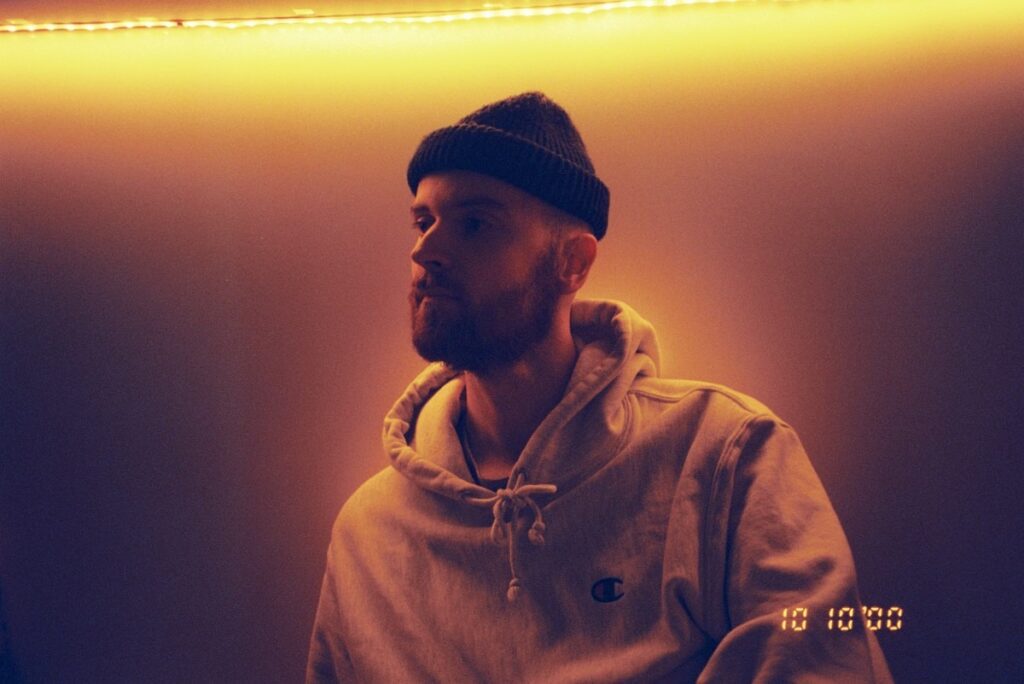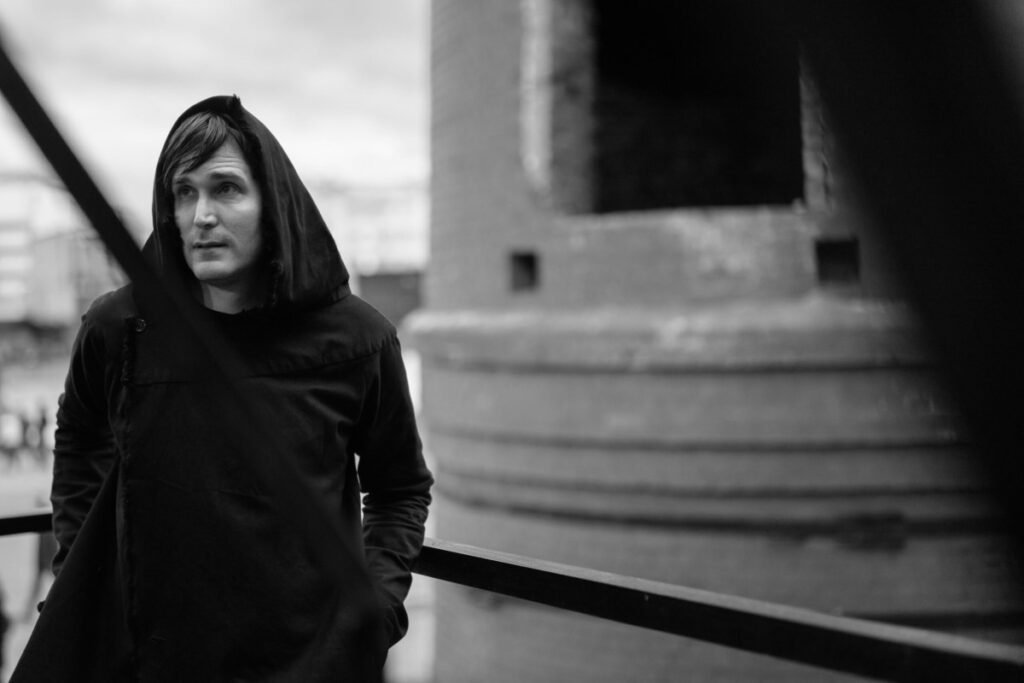The foundation of The Mosaic of Transformation, which will be released tomorrow May 15, 2020, is built on sounds that Los Angeles ambient and experimental electronic music producer Kaitlyn Aurelia Smith heard. The notes and chords erupt into physical body movements and embodies musical gestures. Kaitlyn Aurelia Smith has already released three new singles off of the LP, "Expanding Electricity," "Carrying Gravity" and "The Steady Heart."
January 2020 marked two big events surrounding her finished album; she signed with Ghostly International and the announcement of her UK tour with Caribou that has been rescheduled for September and October 2020 due to COVID-19.
Kaitlyn and I connected in the early morning to discuss the origins and making of her album, The Mosaic of Transformation. She explains how the music from the album transformed into corporeal reality and what led her to 15 body movement coaches that she still works with.
The physicality that her music developed into is reflected on her album cover artwork. There you can see Kaitlyn pose and contort her body to the sounds of her music (more images on her Instagram). After working with many teachers that help Kaityln bring her music to the physical realm; she worked on a seven-minute hand-balancing routine to her single, "Carrying Gravity" with professional hand-balancer (one of her teachers), Sammy Dinneen.
Even though her musical compositions came to her in a somatic way versus visual, Kaitlyn shares with me that she had pictures of the rainbow jellyfish come to mind and was the inspiration for the artwork in the pre-development stages of the album.
Kaitlyn also provides five tracks of what she has been listening to during self-quarantine.
(Interview has been condensed for editorial purposes)
DS: I'll just get right into your new album, which is exciting for you, The Mosaic of Transformation. I have read that your music comes to you with visuals. Could you guide me through how you created this album? I see the titles of the tracks on your album and they give me a yoga and meditation feel. Is this inspired by balancing and centering the body?
KAS: The way that this album began was a little bit different than my other albums; it was like a very physical hearing. I haven't had that happen for any of the other albums, but for this one, it felt almost like the whole album happened at once and I heard it all at once and I felt the music in my body and I had never had that experience before. And so that began like this spark of inspiration. And at that moment I saw these postures that were creating these shapes that were dramatic in a way that they're like visual representations of sound. And I was very confused when I saw those shapes because in the visual aspect is that it needing to shape, but I couldn't do the shapes physically that I saw.
And so it became a symbol of the impossible to me. And it became this practice of the kind of breaking through a mental block. And I decided to find coaches to teach me how to do these postures. I did put myself through a physical transformation while writing this album because when the sound first came to me and I heard the whole album at once, it was like the whole idea of it being the mosaic and transformation came right from the beginning. So it felt appropriate to put myself through a physical transformation.
DS: I mean it's very interesting. Right after you had the ideas for the music or you heard the melodies were you just playing around with the music when you came up with the idea?
KAS: So I heard it and, and it kind of became this physical feeling that overtook me of like, I know exactly how to do this, but I felt like I didn't have the skillset to do it. Phonically as well. It was definitely a bigger musical undertaking than I had done before. So the first thing I did was sing the melody and that kind of went on for months. I was just constantly going for walks and singing all the melodies and recording them in my phone. That became the backbone for the recordings.
The intention was to write it for an orchestra, but I didn't have access to an orchestra. So I had written out the notation and I have all the notations, so for an orchestra. And then I started to just delegate it to different synthesizers and you can't go piece by piece. And I ended up making like 12 different versions of this album because making the sound itself felt like it was breaking through these mental blocks. And so I would work on the song and then I would listen to it. And it felt like it didn't hold the intention that I first felt when I heard the music. Because the intention was, it was kind of like this feeling of wanting to share my awe of electricity or sound.
DS: With your explanation, now I'm looking at the tracklist and it makes sense to me. How did you put a title to what you were feeling for each one?
KAS: It felt like it was more just writing down what I heard because from that practice of listening like whenever I would go to write lyrics or write the title I would just close my ears and it was like the whole album was still there constantly until I finished it. So, I felt like I could just close my ears and reference it. And that was just all, those were all the words that I heard.
DS: How did you come up with the physical postures and how did they look like?
KAS: Yeah! So I found a lot of teachers, there's such an amazing community for learning this stuff. I have like 15 different teachers. And I kind of rotate through them.
DS: Name one prominent teacher that that sticks out. I think I want more of the physical postures that you learned from these teachers that matched each of the titles on the album.
KAS: Oh yeah! Each song felt like it was kind of like a section of the nervous system because really this album felt like a deepening of my understanding of the electricity and human body, which is the nervous system. And the nervous system is kind of like a synthesizer where it has these different components that hold electricity and control electricity in different ways depending on how you want to use your nervous system. And different postures represent those different aspects of the nervous system. And so, it was like one song for me was all about balancing and being upside down. And then another song would be all about like deepening the spine and holding the spine and another one was about like the power surges of electricity and it was more like quicker movement and how to move in a controlled way from one post to the next then to different things.
DS: Is it relatable to any yoga poses? I mean, that's the only thing that I can relate too.
KAS: Yeah! Well I think they're all, to me and like learning from all these teachers and these different backgrounds, they all are essentially the same practice like yoga, contortion, gymnastics, acrobatics, karate, dance, that they all have a lot of the same practices. I think that they each have different goals, which to me seem like different aspects of the same thing.
DS: Is there a pose that sticks out more prominently than most?
KAS: Hand balancing became the biggest focus for me because it feels like it has more layers than any of the other poses and it just feels endless in trying to understand hand balancing. So that one I would say has been the most prominent.
DS: Let's chat about another online project you have, Touchtheplants, which I found very interesting! I looked at the Instagram page. And could you explain exactly how you came up with Touchtheplants? What can people expect?
KAS: Yeah, it's interesting that was all pre-COVID. So, now my Instagram strategy is changing a little bit for that page cause I don't want to be disrespectful to people's gardens and test their plants (laughs) but yeah touch the plants is a label that is intended to share projects from all different types of disciplines. But right now we're mostly focused on music and we are sharing our release right now that is a collaboration between music and poetry. And then the intention is to also share photography and books, dance and sound. And I guess what people can get from it is joy, so little moments of joy, we're really into tiny books because I love the idea of like pocketbooks. (laughs)
DS: (laughs) I specifically liked how you were touching an orange plant and it was synchronized with chords. That's my favorite, I have to say.
KAS: We are doing a lot of compilation series. Like we have one coming out that is a compilation that's inspired by, in many ways instruments sound like they're breathing. And so it's fun to give people prompts. That's something that I'm having a lot of fun with. Like we have another one that's in the work that is supposed to be like the sonic version of when you're in nature and you feel overcome by like a natural wonder. So it's supposed to be like a constellation series of like epicness.
And then I also wrote a book last year called Listening, which is another tiny book. I used to go on walks and would just touch plants and take videos of it. So now I'm trying to only touch the ones that are in my garden. And then I found an encyclopedia of rare plants. And so I've been thinking about starting to share like a guide for rare plants because there are so many incredible looking rare plants out there and because it's fun to learn their history.
DS: I was doing that myself! I asked a friend of mine, do you think there is an app? Because I don't know all their names. If there's an app you can take a picture and then it'll tell you what species the plant is I want it.
KAS: I know I want that app too! Like, I want it to be where you can put your camera over the plant. And it'll identify it for you because that'll be so cool.
DS: How did you know who to look for when you were looking to make sense of your sounds and put them in the physical form? And how did you meet Sammy?
KAS: That's where it was that physical element of synesthesia where it was so weird when I saw the internal visual, it was like I knew exactly what it felt like to be in all of these positions, but I couldn't physically do them. And it was so frustrating to know what they're supposed to feel like and not be able to physically do it. And so then I just became, I mean, I still am obsessed — like my Instagram is only handouts and contortionists and it's fun once you start connecting with the community, it's like they all know each other and it's a pretty small community. And so I kind of found him from just following the rabbit hole and whenever I found someone I was inspired by on Instagram, I would just write them. That's why I have so many teachers and Sammy became a more regular teacher recently, where we just started a few- probably a month ago. I take classes about twice a week and then I have to see other teachers.
DS: So how close are you to doing the live hand-balancing routine?
KAS: Well, I was never naturally flexible and I've just had a practice of — I trained two to four hours a day, six days a week, and just have really good teachers. I'm hoping within a few months. I'll let you know when it comes out. I still feel like I'm such a baby compared to like, when you start looking into this world of people who do this, it's so inspiring what the body can do. So amazing!
DS: And it's pretty amazing that you can train your body to do that and this journey all came from the musical sounds that you heard in your head.
The Mosaic of Transformation will be out May 15, 2020, on Ghostly International. Follow her on Twitch.tv.
Buy Album (Vinyl, MP3, Bundles): The Mosaic of Transformation
Kaitlyn Aurelia also shares five tracks or artists that she listens to clear her headspace:
1. Mbira.org- Kaitlyn loves mbira music and that this site gives 100% of donations to the musicians and instrument makers in Zimbabwe.
2. Hiroshi Yoshimura – Soundscape 1
3. Green – House: Green-House is the project of Los Angeles based artist Olive Ardizoni.
4. SK Kakraba – Lubile Prai
5. John Wizards – Lusaka By Night


